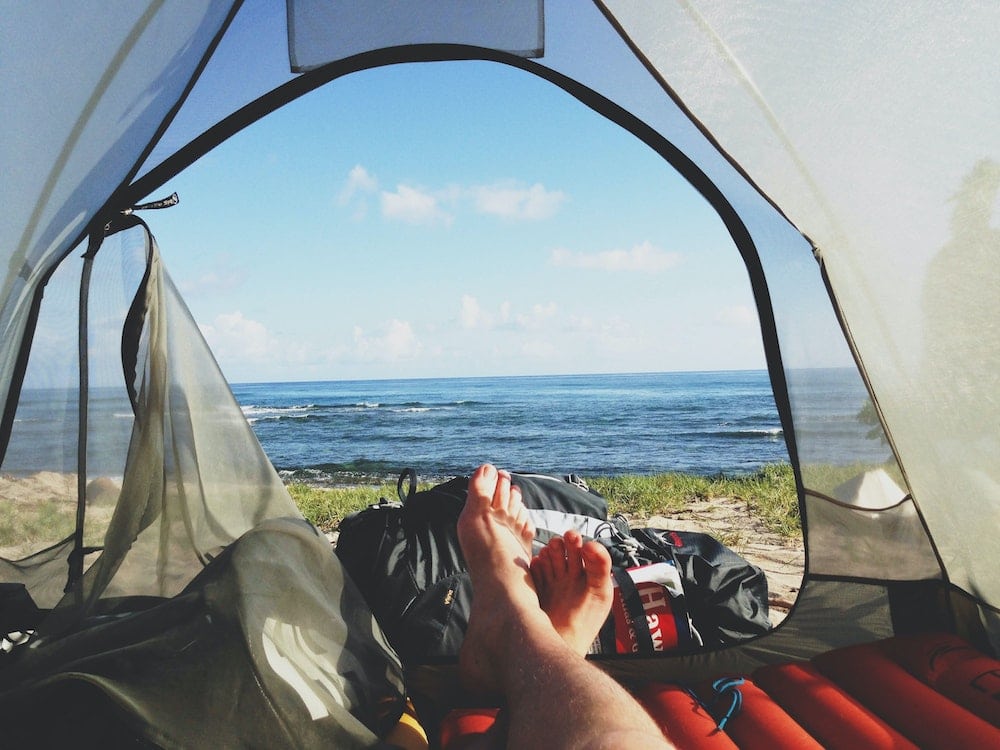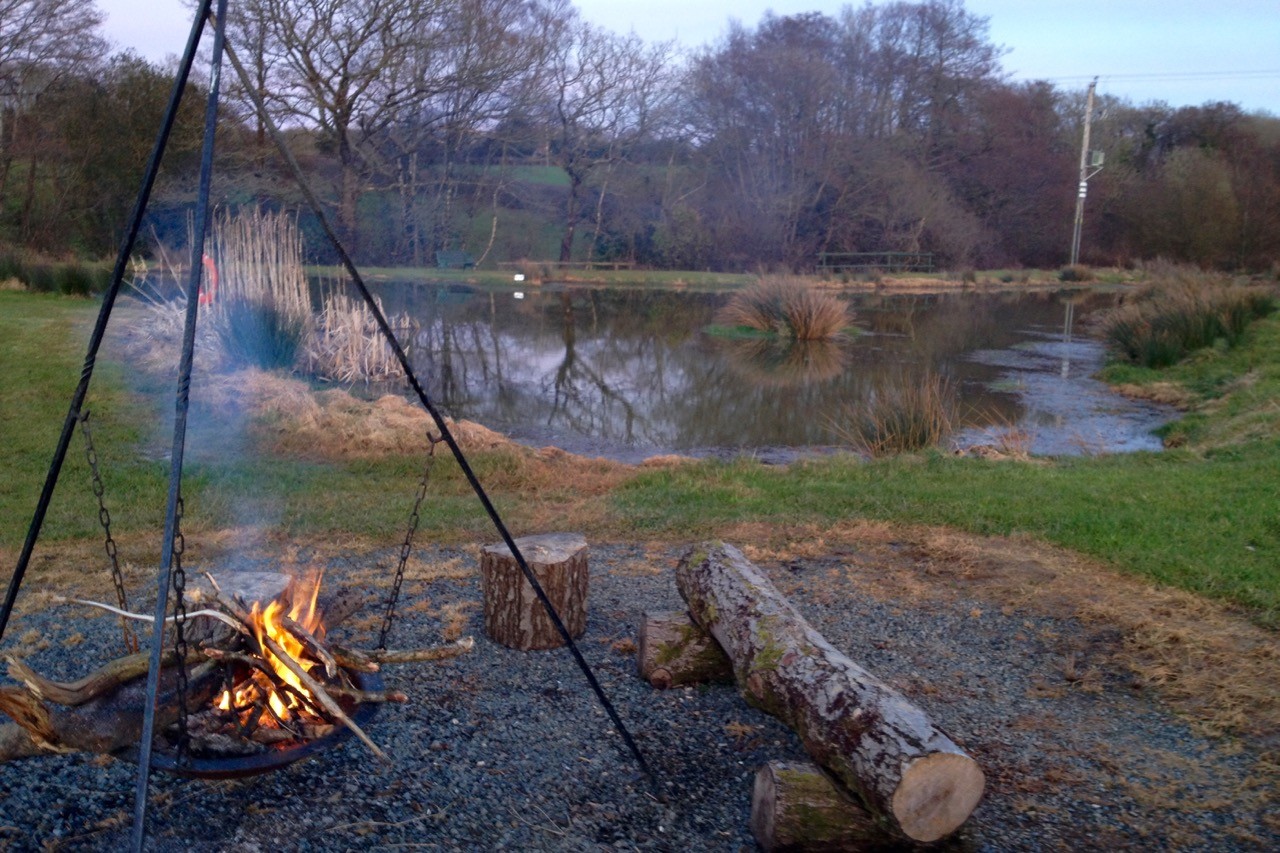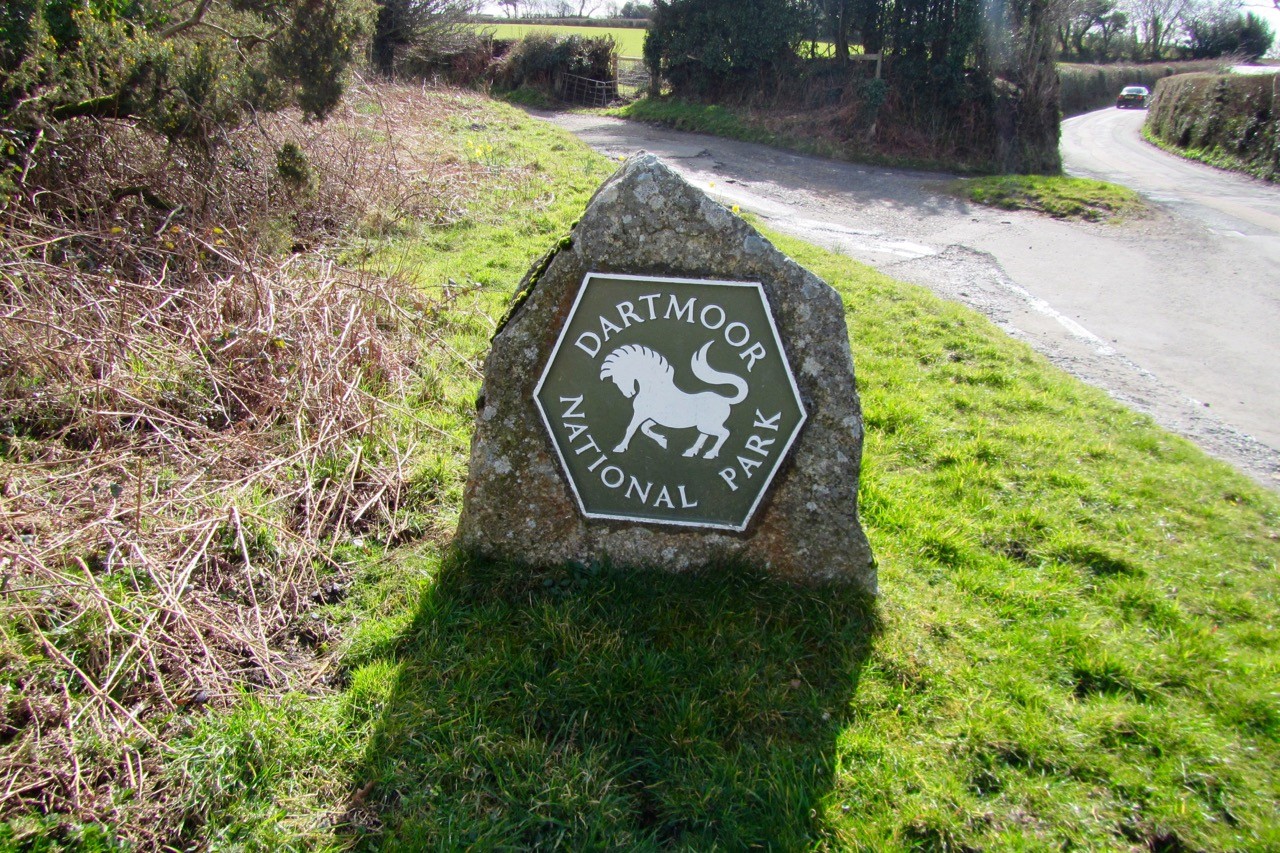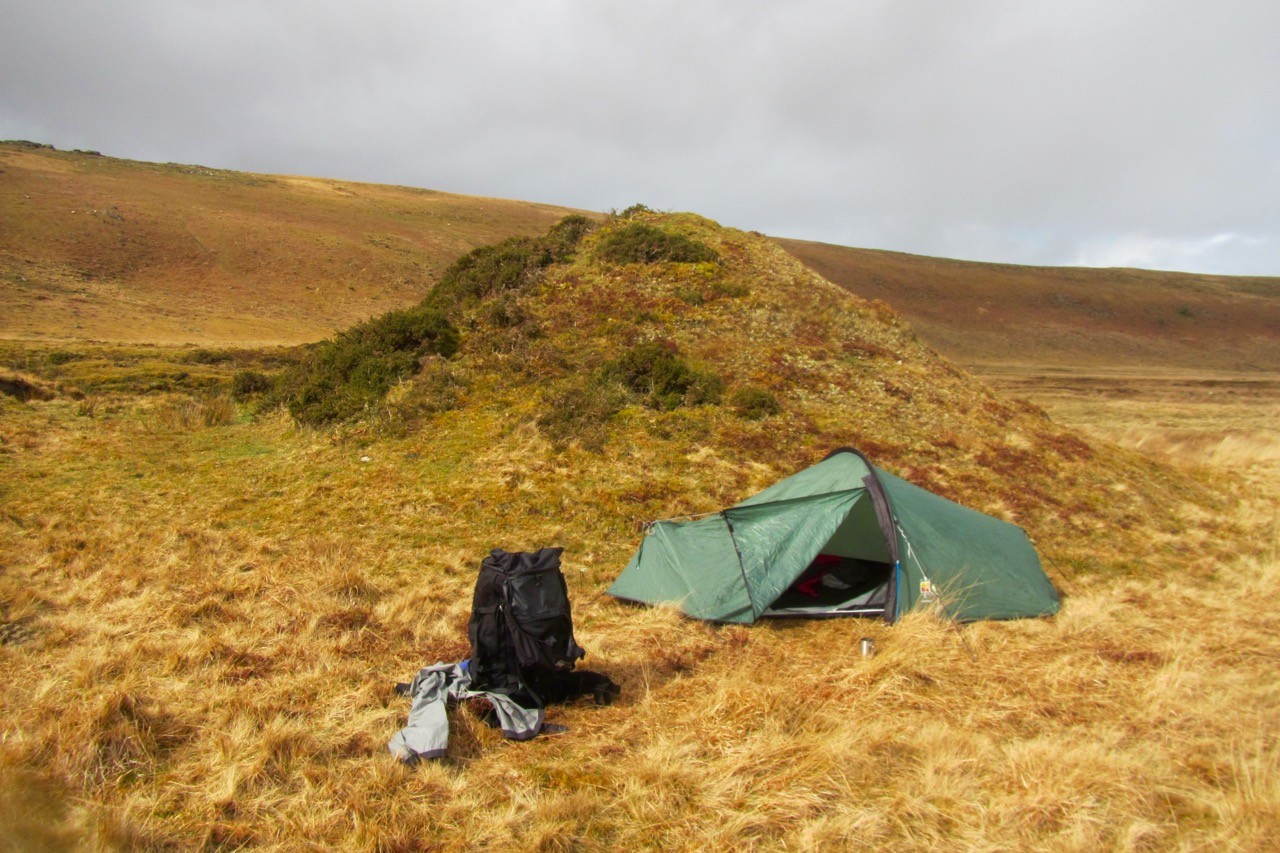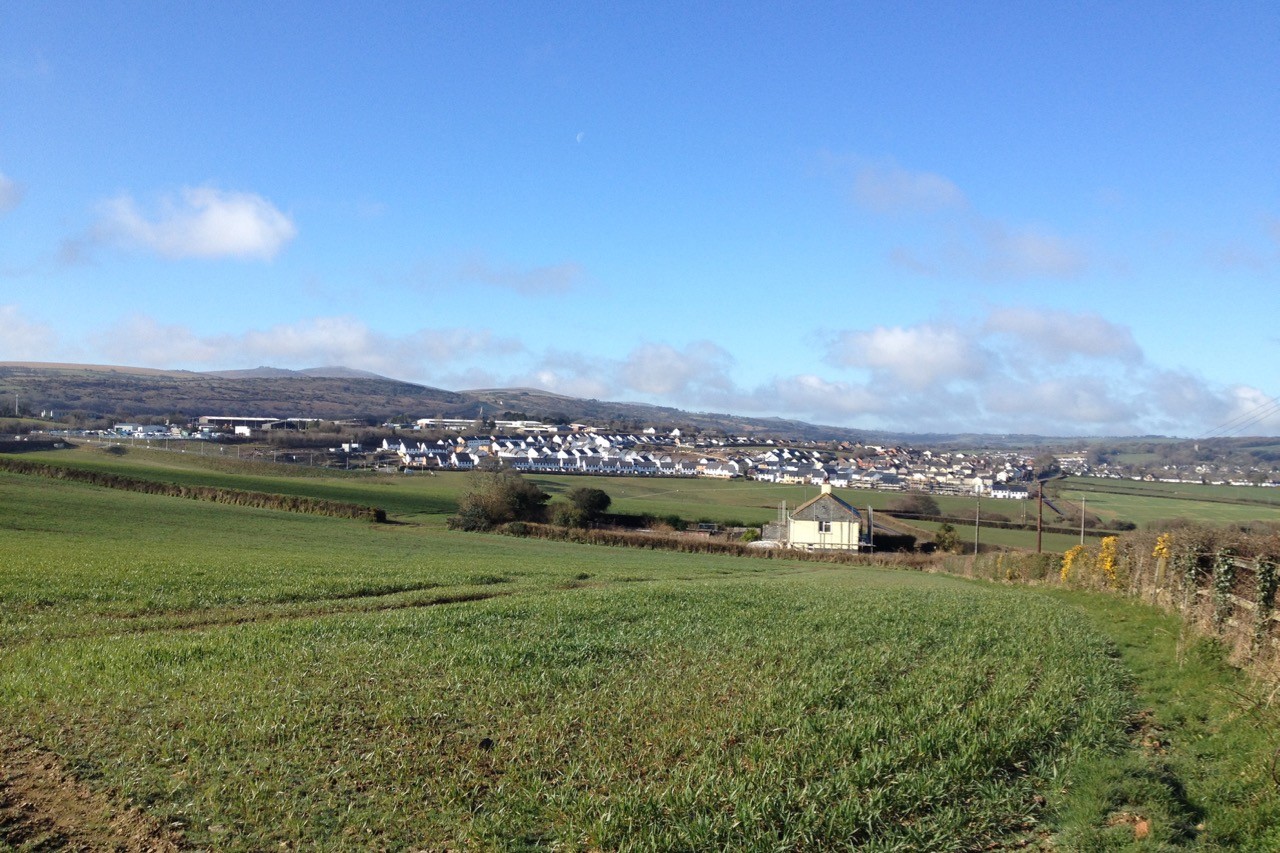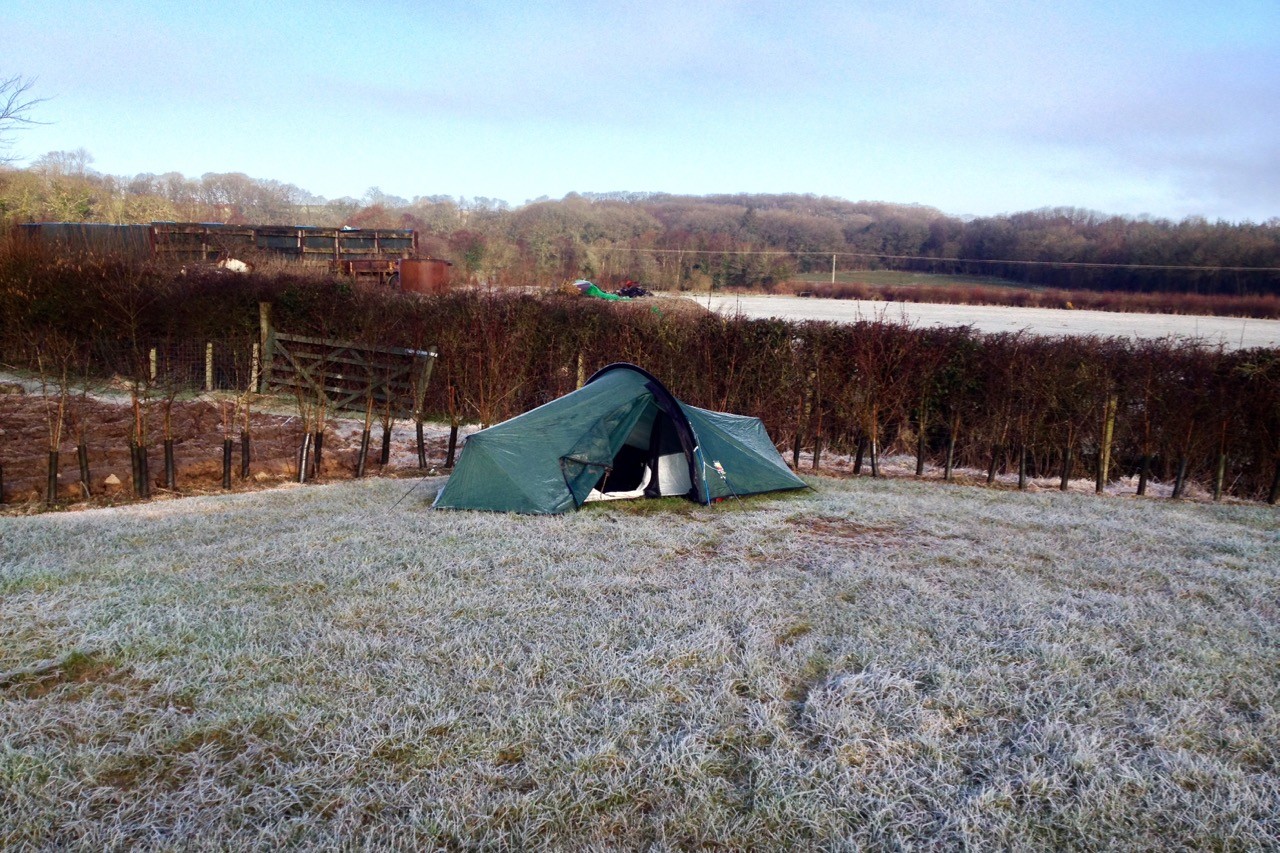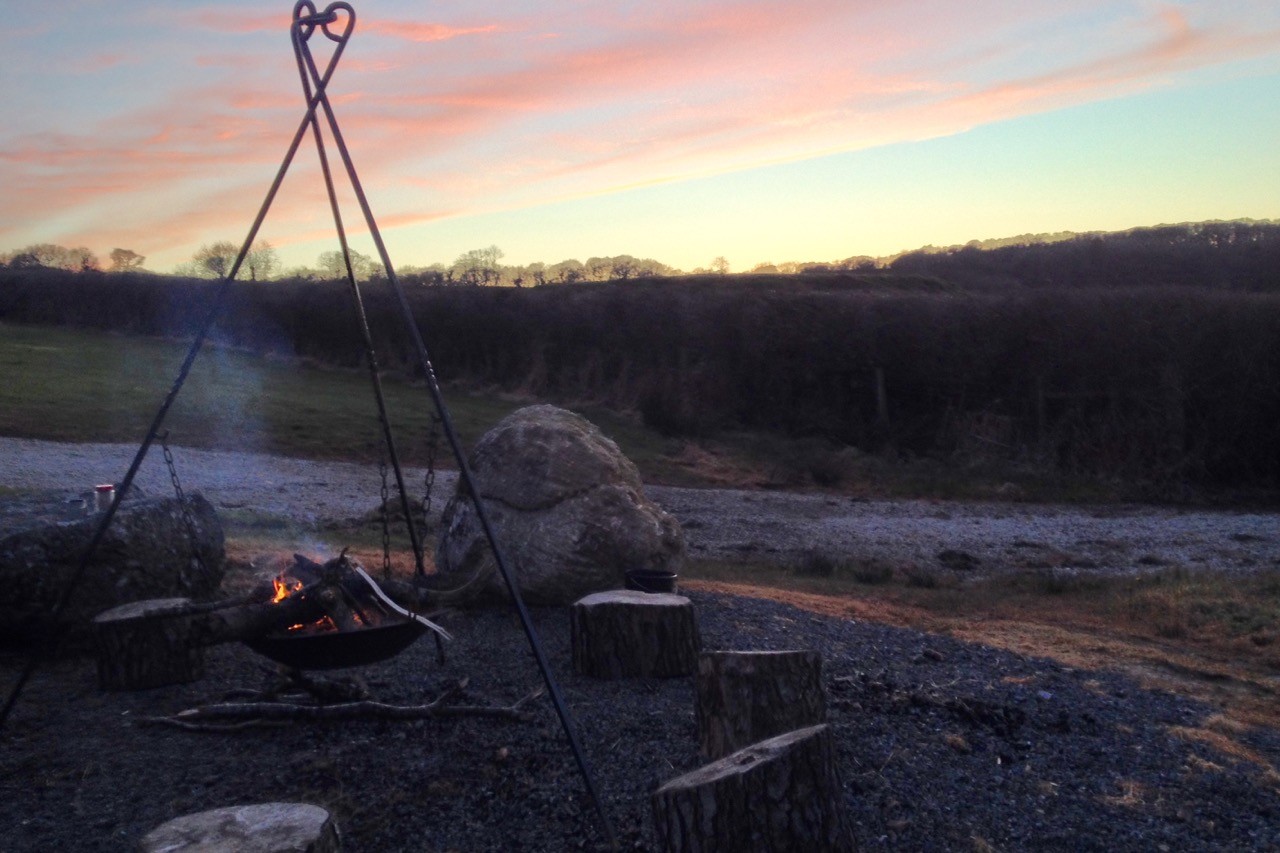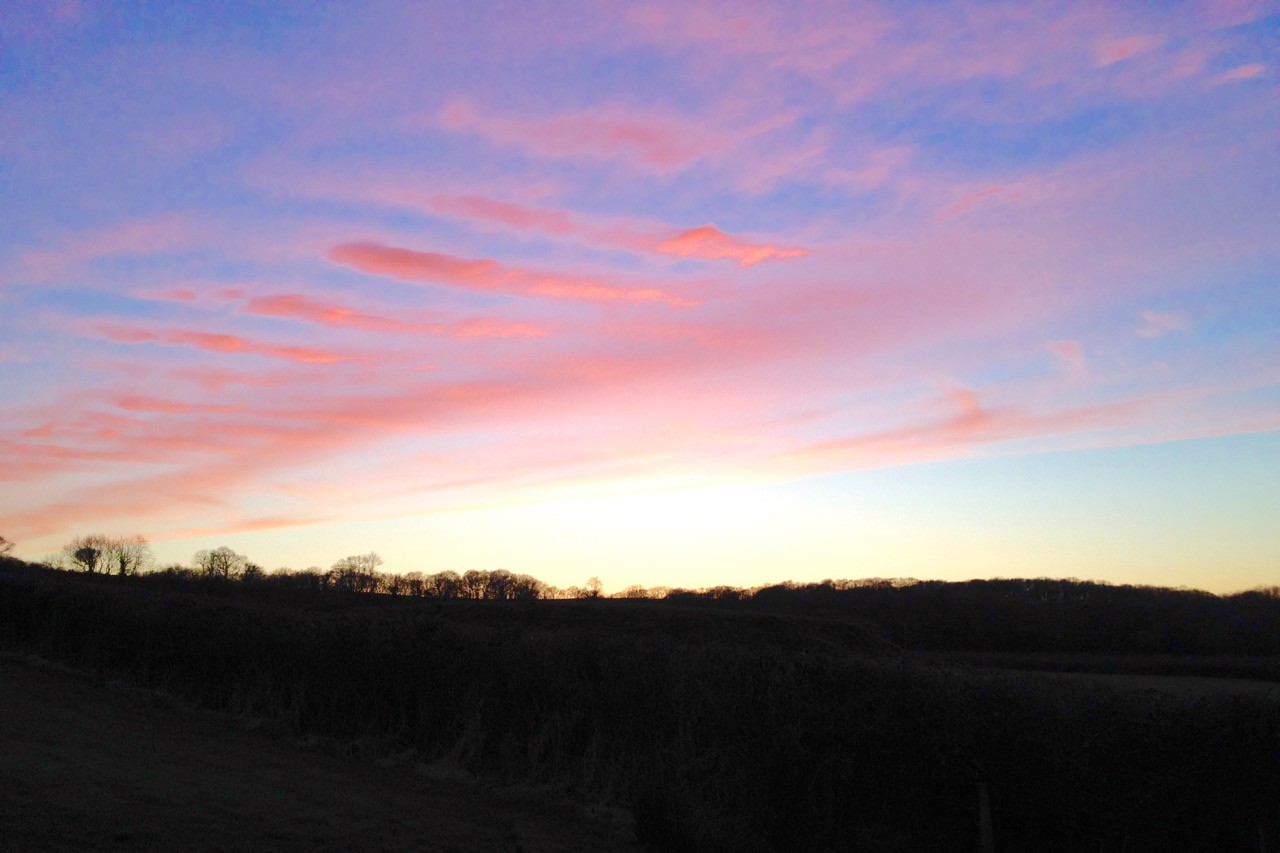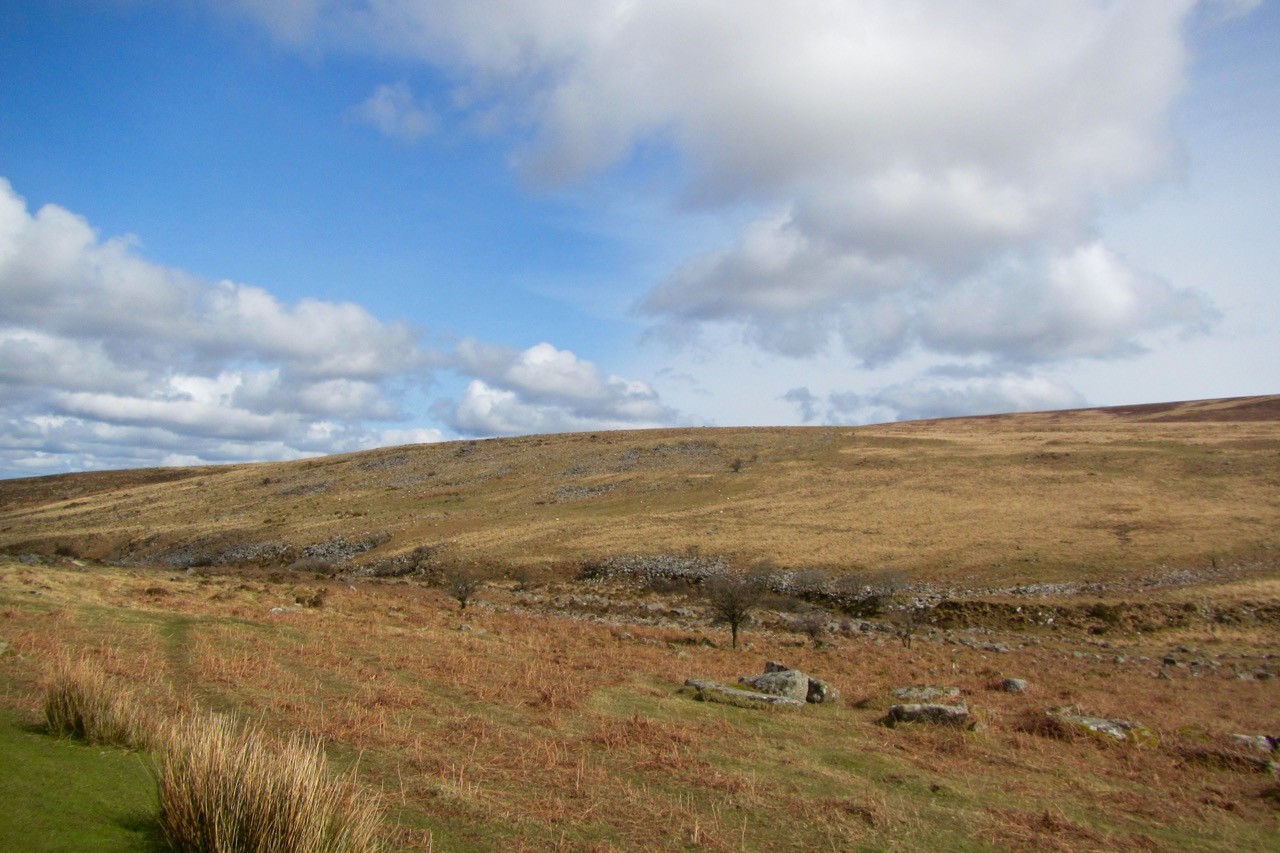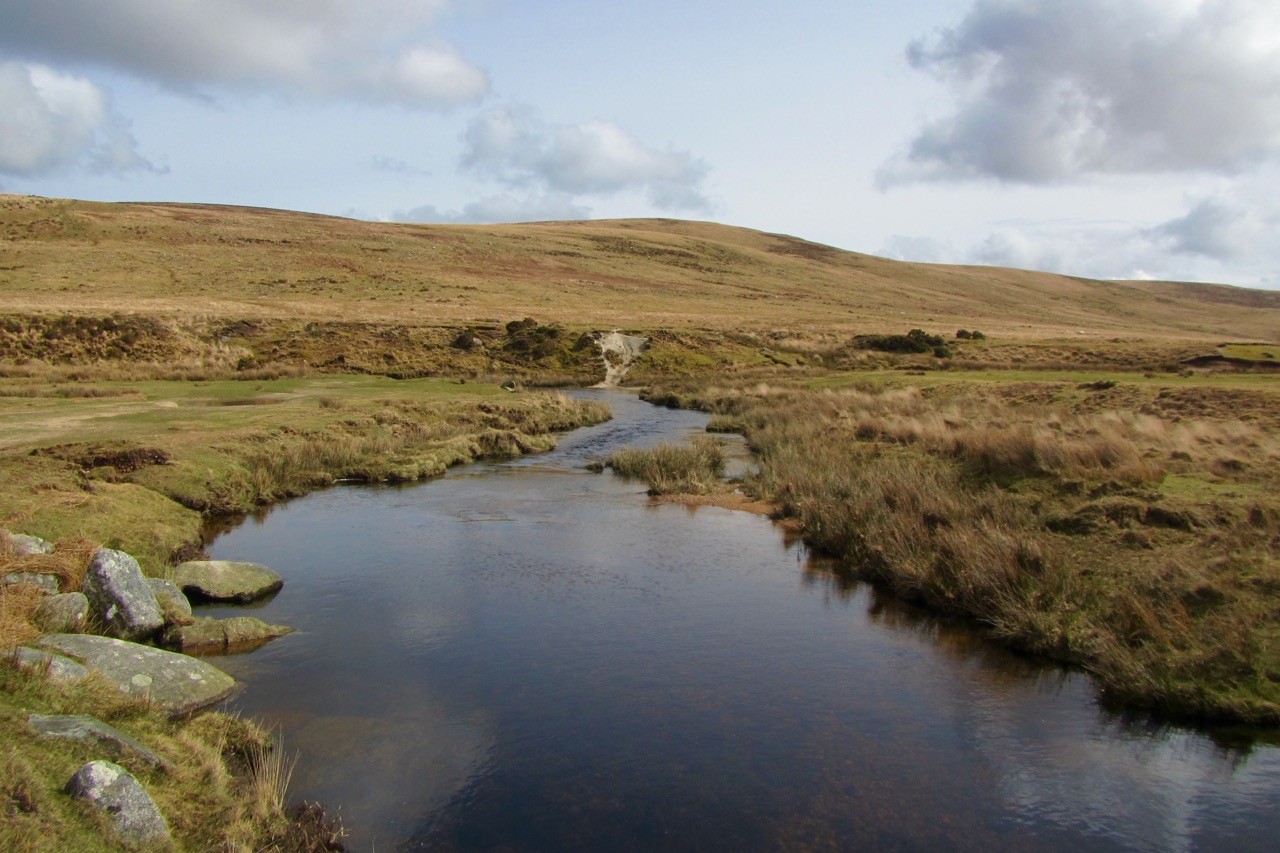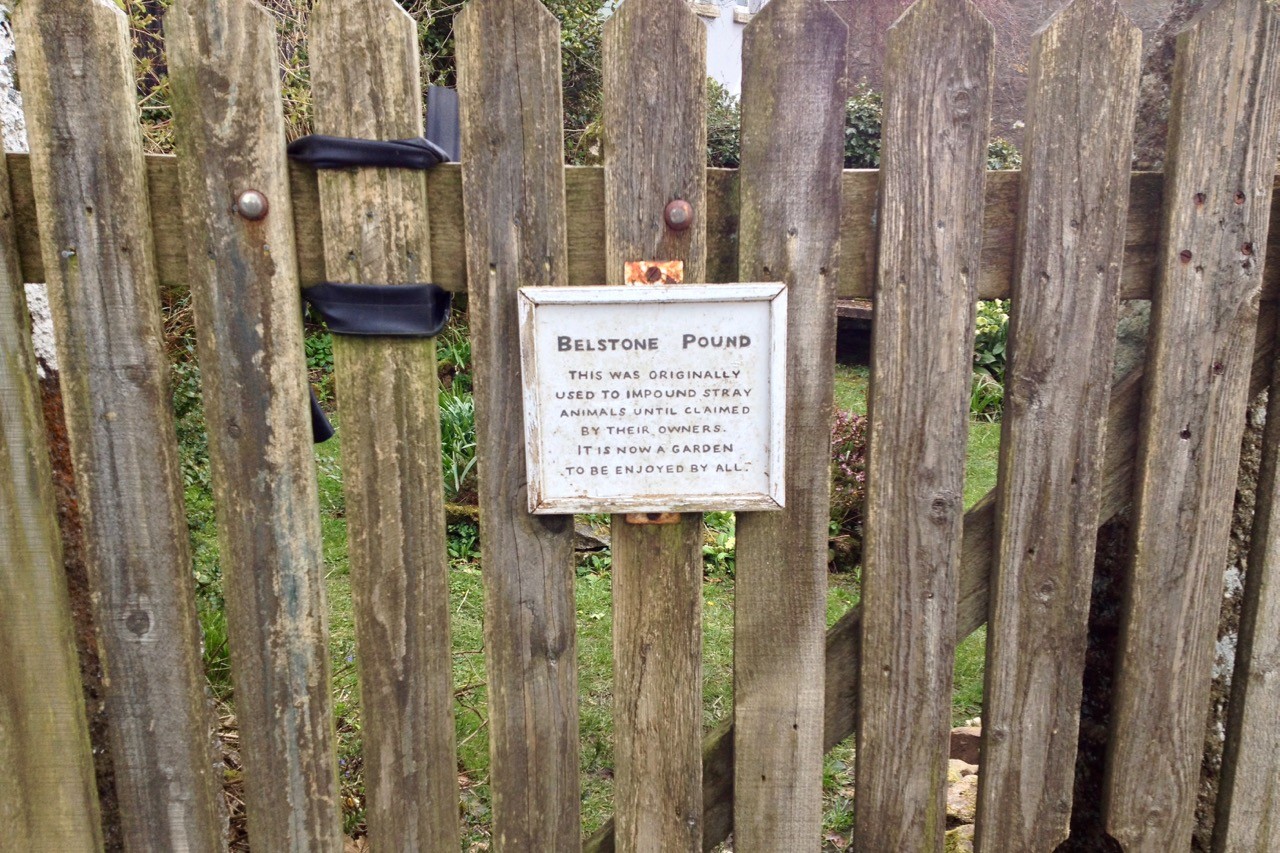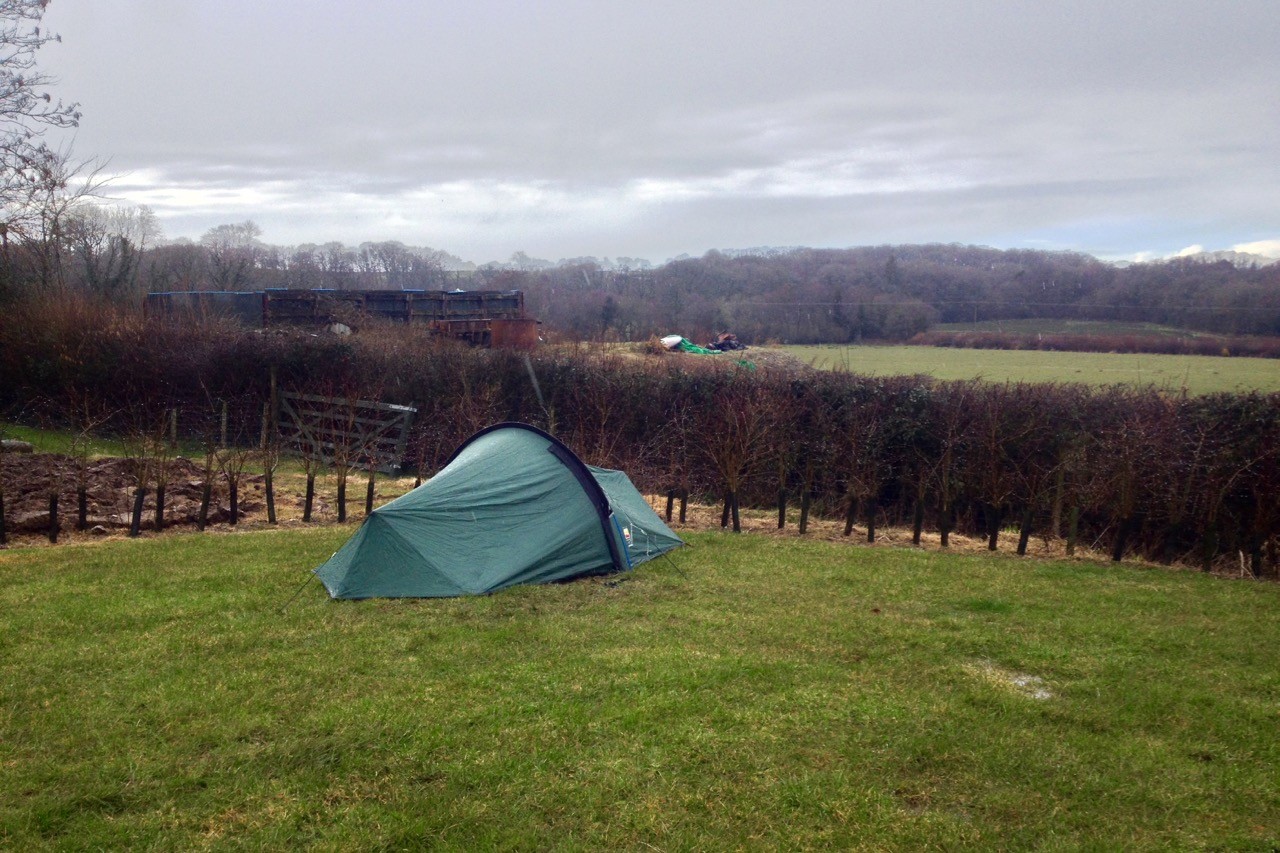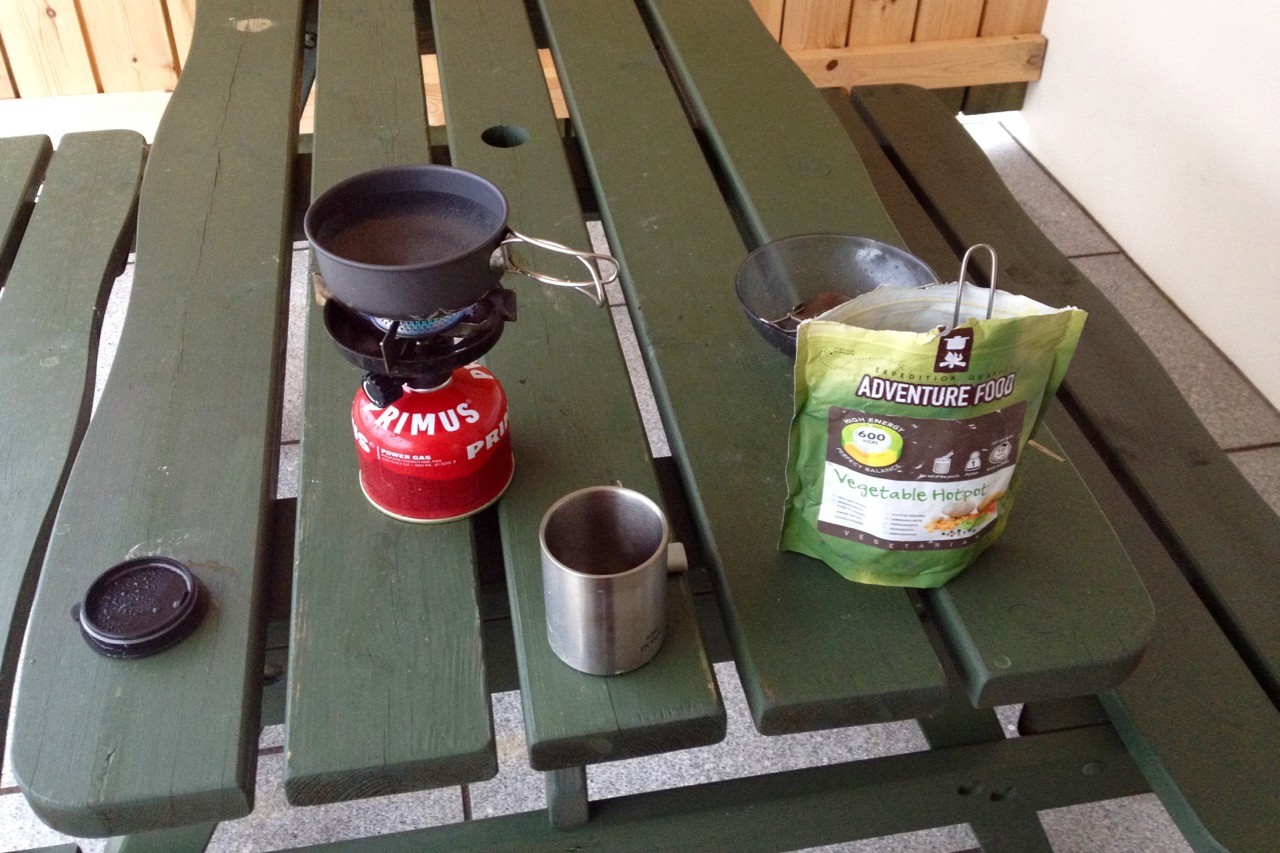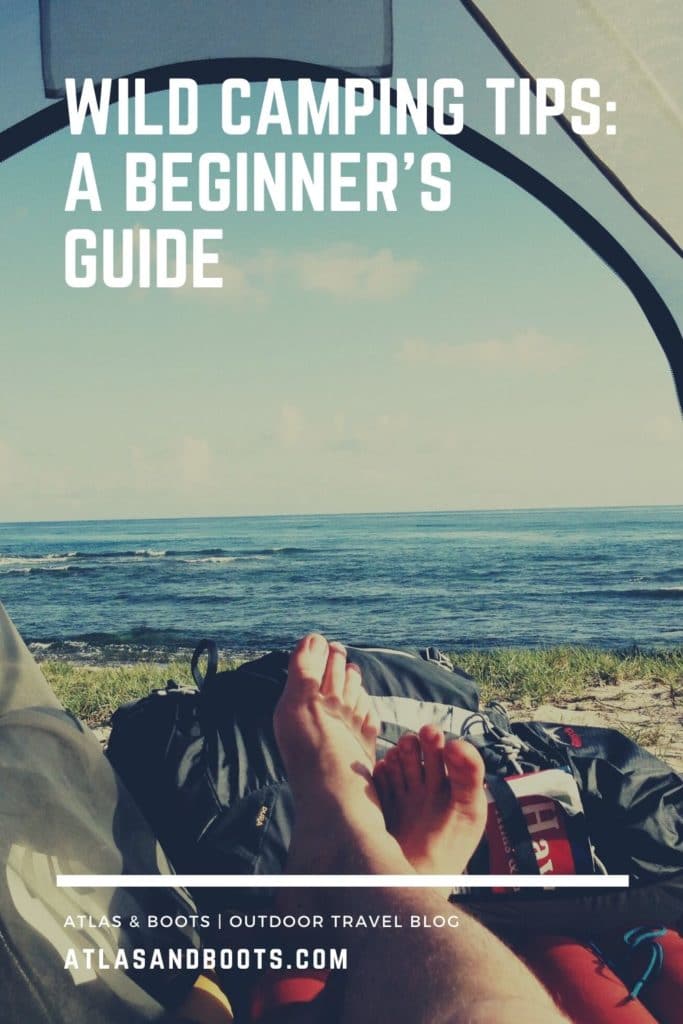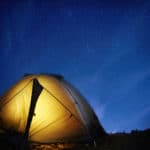Ready to take your first wild camping trip but unsure where to start? Here are some wild camping tips to help get you into the outdoors
Recently, as I prepared for a hiking and wild camping trip to Dartmoor, I wrote a post on the layering system and how to prepare for the capricious weather that comes with springtime in the UK. How pleased was I that I prepared well? Very.
I found myself on an ominous moorland landscape just as Storm Katie arrived in Britain bringing chaos to large parts of the country. Within two hours of hiking I found myself amid high wind, torrential downpours and hailstorms.
As lightning flashed overhead and the third hailstorm hit me head on, I decided I wasn’t going to make much progress that day and hurriedly pitched my tent in the most sheltered spot I could find.
I didn’t get much sleep that night what with the howling winds and constant rain and hail but the trip was far from a washout as the weather slowly improved over the forthcoming days.
I’ve wild camped in Dartmoor several times as well many other parts of the UK and Europe. I love wild camping, even when it is cold, wet and windy (which it quite often is in the UK). For me, that’s the draw. I love the wilderness, the isolation and the challenge that comes with wild camping.
Over the years, I’ve perfected my prep so that when a Storm Katie hits I’m ready for her. However, for the beginner, wild camping can be intimidating. If you’re interested in trying it but aren’t sure where to start, use these wild camping tips to get you away from the campsite and into the real outdoors.
Wild camping etiquette
One of the most important wild camping tips is to ensure you follow the correct etiquette.
Leave no trace: This is the most important rule of wild camping. The reality is that wherever I camp in the UK I’ll probably be on someone’s land.
It’s important, not just for landowner-camper relations, but also for the environment, wildlife and the future of wild camping that campers leave their campsites exactly how they found them. It goes without saying that you should take all litter home and clear up after yourself.
Arrive late and leave early: This is an important part of your route planning. Ideally you should plan to arrive at your campsite shortly before it gets dark.
Give yourself enough to time to pitch and get comfortable before darkness descends. Likewise, you should try to pack up as early as possible the following morning.
Do not light open fires: Unless you have express permission from the landowner, do not break this rule. Aside from leaving unsightly marks on the ground, campfires damage ecosystems and have the potential to destroy acres of countryside.
If you’re intent on building a campfire then you should stay at a campsite with the right facilities to do so.
Consider wildlife: Do not camp in a place that will disturb local livestock or wildlife. In the best wild camping spots in the world there will be local wildlife – that’s one of the biggest draws of wild camping.
Make sure your presence won’t worry or disturb any animals – wild or not.
Consider others: If you’re camping on someone’s land you should try to gain permission first. Realistically, this is often impractical and unnecessary as long as you leave no trace and don’t worry any livestock. Additionally, you should also consider fellow outdoor users.
Avoid camping near footpaths and trails and make sure you pitch at least 60m (200ft) from water sources to avoid any contamination.
Choose your toilet carefully: Find a sheltered spot at least 60m (200ft) from water sources, footpaths and other camping spots. Also try to ensure that you’re downstream from any popular camping spots.
Dig a hole about 15-20cm (6-8 inch) deep either with your hands or using a trowel if you’re a bit more civilised. Replace the earth when you’re finished and carry out all toilet tissue with you.
For a bit more comfort try to choose a spot with a bit of a slope and position yourself with uphill ahead of you – it helps with, er, execution. Finally, don’t get arrested!
Where to wild camp
Regulations change from country to country as well locally depending on who owns the land or is responsible for maintaining it. Always research your destination to find the best local wild camping tips.
Dartmoor: Dartmoor is the only area in England, Wales and Northern Ireland where wild camping is officially legal and is an ideal place for the first-time wild camper.
Located in the southwest of England in Devon, Dartmoor National Park boasts a unique landscape of rolling moorland, granite tors, forested valleys with winding rivers along with wide open spaces – perfect for wild camping.
There is an excellent network of hiking trails including the popular and challenging Two Moors Way.
Scotland: Scotland and its public access to land and water laws provide excellent outdoor opportunities. The mountains around Glen Coe are some of the most accessible and are steeped in history, natural beauty and wilderness.
Norway: My first wild camping trip outside of the UK was in Jotunheimen National Park in Norway. Like Scotland, Norway has very liberal public access laws and some of the most striking scenery in the world. Added to that, the national parks offer excellent hiking trails which are well supported by refuges and camping sites if you fancy a bit of (relative) luxury.
Where to pitch
Finding a good pitch for your tent is the difference between an enjoyable experience and a miserable one. The below wild camping tips on finding a decent pitch should ensure you enjoy a good night’s sleep under canvas. For a more detailed breakdown, take a look at our guide on how to find a good camping spot.
- Try to choose flat ground.
- Check the surface for rocks, branches or anything that will disrupt your sleep or worse, tear your groundsheet.
- Try to find a natural shelter or windbreak.
- Camp near a water supply but at least 60m (200ft) from water sources to avoid any contamination.
- Avoid compacted ground or indentations – these can easily flood.
- Be aware of hazards such as rock falls, flash floods, high tide or avalanches.
- Good campsites are found, not made – always be mindful of your environment and try to leave it exactly as you find it.
What to take
When it comes to packing, the most important wild camping tips I can offer is to try to find a balance between taking the essentials you require and keeping your pack as light as possible. Approach packing with the assumption that you’re going to get dirty and you’re going to smell, so you may as well go as light as possible! Here’s what I take:
- Tent or bivvy bag
- Sleeping bag
- Sleeping mat
- Sleeping roll
- Primus stove and gas
- Waterproof stuff sacks
- Water bottle
- Survival bag
- Sauce pan and mug
- Cutlery
- Freeze dried food (usually couscous)
- Energy bars (breakfast and lunch)
- 3-in-1 coffee sachets
- Hiking boots
- Waterproof jacket & trousers
- 2 x zip of trousers
- Fleece
- Base, mid and top layers
- 2/3 thick socks
- Thermal underwear
- Hat, glove, buff
- Compass, map, penknife
- First aid & basic toiletries
Read our ultimate camping checklist for a more detailed camping list for longer trips.
Learn to use a compass and map
Last but certainly not least, this is the most important of all the wild camping tips I can offer and could well save your life. Wherever you decide to go, you need to ensure you have a good compass and detailed map with you.
GPS and hiking apps are great but they rely on batteries and satellite coverage. We have written a comprehensive guide on how to use a compass and map which should be enough to get you started. I swear by Ordnance Survey Explorer maps (1:25,000) for the UK. And of course, as with any outdoor activity, make sure you tell someone where you’re going, your expected route and when you expect to return.
Check the weather
I’m playing devil’s advocate a little here as even if I know the weather’s going to be horrendous (Storm Katie anyone?), I still go! But as I said, for me that’s the draw. However, as with many of these wild camping tips, it’s a good idea to be as prepared as possible.
Before you head off into the wilderness check the latest forecast and if possible try keep up to date with changes while you’re on expedition – there are numerous apps available for smartphones which can help with this. Our favourite is Weather Live (iOS, Android).
